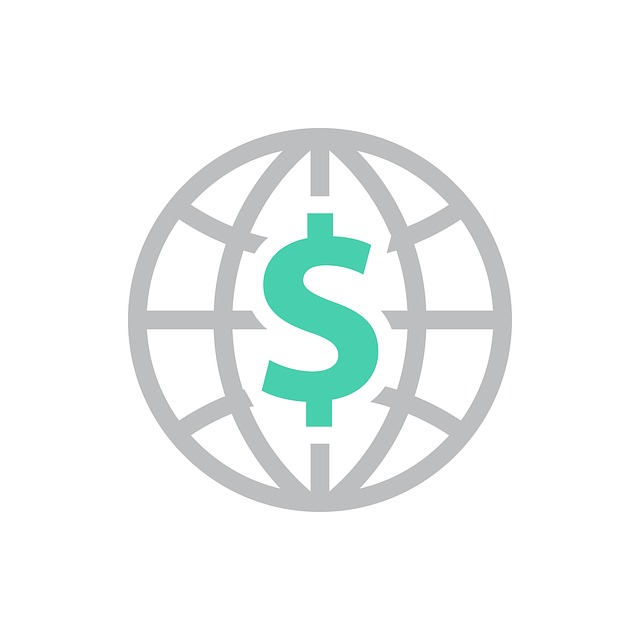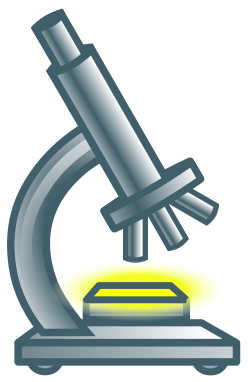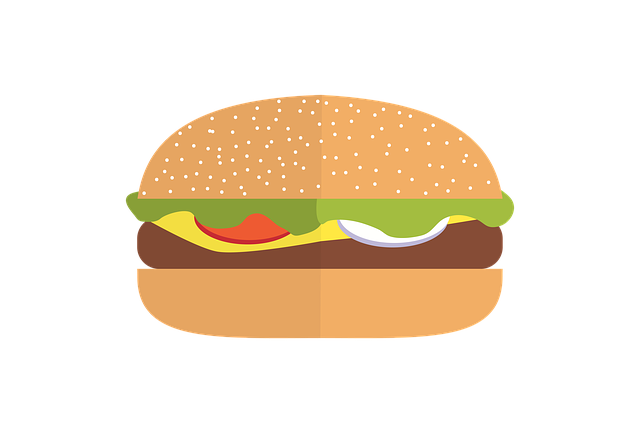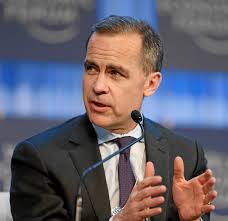[vc_row][vc_column width=”1/2″][vc_column_text]
Canada
Canada is an open and highly developed economy ranking high in terms of economic freedom and low in corruption. It is the 10th largest economy by nominal GDP (2018) and has a GDP per capita of $46,211 USD. It has the tenth highest Human Capital Index score ranking above the average for high-income countries. As with other developed nations, the service sector dominates with around two-thirds of GDP. Canada has the fourth highest estimated value of natural resources at $33.2 trillion in 2016. It has the world's third largest proven petroleum reserves after Saudi Arabia and Venezuela and is the fourth largest exporter of petroleum. It is also the fourth largest exporter of natural gas. Most of the oil comes from the oil sands in the western provinces, especially Alberta. The oil and gas industries employ around 500,000 people. Canada also has a sizable manufacturing sector, based in central Canada, with the automobile and aircraft industry being the most important. Its largest export sectors in 2017 were minerals (22.3 percent), agriculture (18.6 percent), and vehicles (17.1 percent). Its largest individual exports are oil (12.7 percent) and cars (10.9 percent). Its main export partner is the United States (74 percent) which is also the largest investor in Canada (49 percent of inward investment stock). Canada, the US, and Mexico first formed a free trade area in 1994. Canada's main imports are vehicles (16.2 percent) and industrial machinery (14.6 percent). The early development of Canada was determined by natural resources (fur, timber and fishing) traded over its waterways. From the 1850s on wheat exports became increasingly important and was aided by the advent of the railway and the Panama Canal. The discovery of gold in the late 1800s represented the first mining boom. Hydroelectric power, immigration, and confederation helped spur industrialisation in central Canada in the early 1900s, at which time the car, aluminium and paper industries emerged. The aircraft industry emerged during the 1940s. Post World War 2, the manufacturing, mining, and service sectors transformed the country from a largely rural economy into an industrial and urban one. Following the 1990-1 recession, Canadian businesses restructured and embraced technology to become more internationally competitive and the government increased fiscal discipline after the 1994-5 Mexican peso crisis put pressure on the Canadian dollar. In the 2000s, Canada benefited from the resources boom with the rising price of oil making the large-scale extraction of oil from the oil sands economically viable for the first time. This boom and a sound financial system allowed Canada to emerge strongly from the global financial crisis.
[/vc_column_text][vc_column_text] Its population in 2018 was 36,953,765 [1]
Its population in 2018 was 36,953,765 [1]
 In 2015, 22.03% of its total energy
In 2015, 22.03% of its total energy
consumption was renewable [2]
 In 2021, its GDP grew by 4.56% [2]
In 2021, its GDP grew by 4.56% [2]
 In 2021 it had a positive Current
In 2021 it had a positive Current
Account Balance of US$bn 1.24 [3]
 Its unemployment rate in 2021 was 7.43% [3]
Its unemployment rate in 2021 was 7.43% [3]
 Its Expenditure on R&D (as a percentage of
Its Expenditure on R&D (as a percentage of
GDP) in 2020 was 1.70% [2]
 A Big Mac will set you back the
A Big Mac will set you back the
local equivalent of US$5.08 [4]
What free trade areas or economic unions is it a member of?
Member of the Comprehensive and Progressive Agreement for Trans-Pacific Partnership (CPTPP) since 30/12/2018
Other members:
Australia, Brunei Darussalam, Chile, Japan, Malaysia, Mexico, New Zealand, Peru, Singapore, Vietnam
What trade deals are there between Comprehensive and Progressive Agreement for Trans-Pacific Partnership and other countries and economic unions?
None
Member of the North American Free Trade Agreement (NAFTA) since 01/01/1994
Other members:
Mexico, United States of America
What trade deals are there between North American Free Trade Agreement and other countries and economic unions?
None
[/vc_column_text][vc_column_text]What trade deals are there with other countries and economic unions?
Canada - Israel free trade agreement (from 01/01/1997)
Canada - Chile free trade agreement (from 05/07/1997)
Canada - Colombia free trade agreement (from 15/08/2001)
Canada - Costa Rica free trade agreement (from 01/11/2002)
EFTA - Canada Free Trade Agreement (from 01/07/2009)
Canada - Peru free trade agreement (from 01/08/2009)
Canada - Jordan free trade agreement (from 01/10/2012)
Canada - Panama free trade agreement (from 01/04/2013)
Canada - Honduras free trade agreement (from 01/10/2014)
Canada - Korea free trade agreement (from 01/01/2015)
Canada - Ukraine free trade agreement (from 01/08/2017)
EU - Canada Comprehensive Economic and Trade Agreement (CETA) (from 21/09/2017)
Canada (Agreement in principle) (from 01/01/2021)
[/vc_column_text][/vc_column][vc_column width=”1/2″][vc_column_text]From Haiti to Canada – Michaëlle Jean: A Viceroy from the Caribbean
From Greece to Canada – George Delaportas: Big Dreams Need Big Country
World Bank Support to Promote Transparency, Accountability and Job Creation in Jordan
Mark Carney: An Admirable Mind-Set at the Bank of England
Summit Commitments of the G8 Leaders
Revenue Watch: 4 out of 5 Companies Fail in Good Governance
CFI.co Meets Asad Aziz Ahmed
Trade with the United Kingdom
Source: UK Office for National Statistics, October 2022.
Contains public sector information licensed under the Open Government Licence v3.0.
Loading, Please Wait!
This may take a second or two.























































































